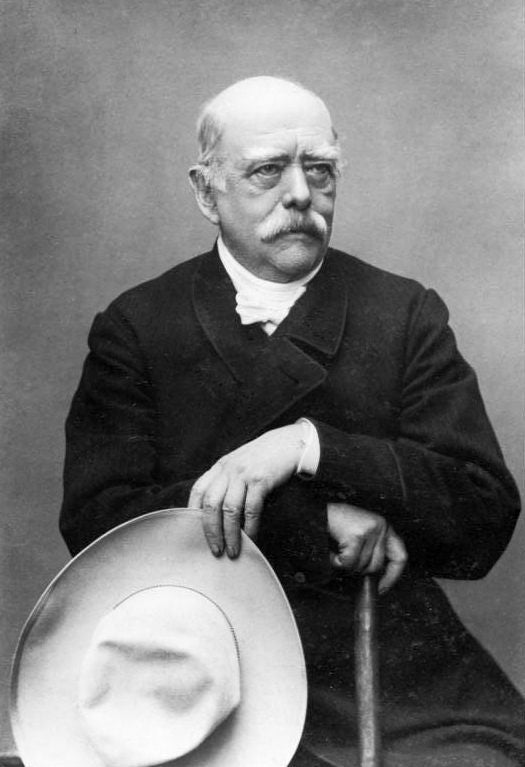Is there something magical about age 65?
Retirement plans, including the first U.S. Social Security Act of 1935, have used that age as a gateway to the golden twilight of retirement. But analysts and historians of retirement know there is nothing magical about 65.
The first proposed massive retirement plan is attributed to Chancellor Otto von Bismarck of Germany, who in 1881 proposed that workers receive a government-funded pension at age 70, a proposal enacted eight years later. That age was later changed during World War I to 65, a generous concession to workers yet still beyond the life expectancy of the time.
Bismarck, known as a conservative political leader, wanted to defuse some of the Marxist agitation exploding across Europe. Promising workers retirement at the end of their labors was considered a countermeasure to socialist critiques of exploitative capitalism.

When the U.S. Congress enacted the Social Security system in 1935, a part of Franklin Roosevelt’s New Deal, it was seen as a way to ease out older workers in favor of creating jobs for younger people in a depressed economy. At a time when life expectancy for American men stood at 58 years of age, the costs were considered manageable, as relatively few workers could expect to reach their golden years.
That calculus has changed as life expectancy has increased. One study of University of Iowa professors facing retirement indicated that many continue to work, even when the economic benefits of doing so no longer make sense. Economists indicate that 70 percent of pre-retirement cash flow is sufficient to maintain the standard of living people experience during their working lives. Those who are in the “young old” category, between the ages of 55 and 65, generally need more money, as they are more likely to want to travel and pursue expensive hobbies. But by the time a person exceeds 75, becoming part of a group described as the “old old,” a more sedentary lifestyle often translates into less of a need for cash. Of course, in the U.S., the eligibility for Medicare at age 65 continues to encourage people to retire then.
According to the study, University of Iowa professors can achieve financial security at the traditional retirement age, but the majority continue working. The reason, notes author Robert M. Soldofsky, is a combination of high job satisfaction combined with lack of knowledge about the economic benefits of retirement. Other groups of workers on campus are more likely to opt for a younger retirement age.
Some scholars of retirement argue that increasing the age of retirement across the board will have positive economic benefits, especially as life expectancy increases. One study indicates that raising the retirement age will have a positive impact on the employment prospects of older workers in their fifties. Countries that have a retirement age of 60 (France, Belgium, and Italy) suffer high unemployment rates for older workers. By contrast, those countries with later retirement dates (the U.S, Canada, Japan and the U.K.) have lower unemployment among such workers.
It’s not the physiological age but the social age that matters. Countries with early retirement hurt the chances of aspiring workers close to that age by the social expectation that they will soon retire. Delaying the retirement age is one way, ironically, to help older workers. Economic analyses like this, as well as aging societies, continue to propel a move towards a later retirement. Governmental policy around the world, including the U.S., has been to gradually raise the retirement age. The age to access full Social Security benefits in the U.S. is gradually increasing. Soon, perhaps, 70 will become the new 65, as these economic and demographic forces continue.







